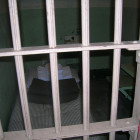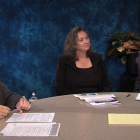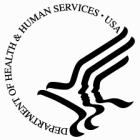50 Years On, Has the Gideon Decision Kept Its Promise of Legal Access For All?
|
From the Chicago Bureau: Early Monday in Washington, the United States Supreme Court agreed to take up several cases ranging from liability in cases of generic drug makers and the freezing of defendant assets ahead of a case going to trial. At the same time, they shut down an appeal by financial giant Goldman Sachs Group, which according to the high court will have to answer investors in court about spiraling mortgage securities during the near-crippling financial crisis. Rewind 50 years, and a far different court in a far different time — economically, socially and legally — handed down one of the sentinel decisions in American criminal law: Gideon v. Wainwright. At the end of that day, March 18, 1963, a poor man named Clarence Earl Gideon — who was accused of attempt to commit petty larceny after a break-in and theft at aFlorida poolroom bar nearly two years earlier — had won the right to be represented by an attorney in court. It was a ruling based on the Constitution’s Sixth and Fourteenth amendments. A poor man had won in a rich country torn by race, income equity and on nearly every social and economic front, opening previously shut legal doors to the country’s most down-and-out citizens by guaranteeing the right to counsel in criminal cases.







